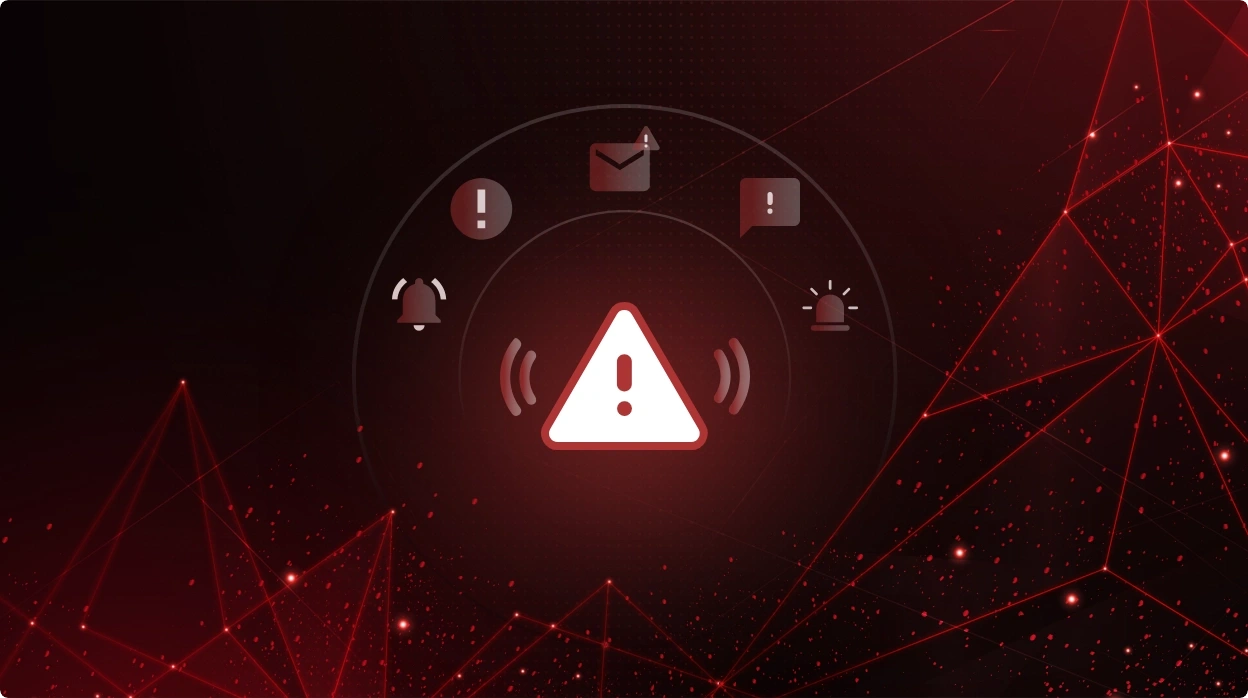Alert fatigue can put your security posture at risk!

The overwhelming number of security alerts that need to be addressed in a user’s cloud environment can often cause mental and emotional exhaustion for those that are tasked with handling them. This phenomenon is commonly termed as ‘Alert Fatigue’. Such desensitization to alerts often results in security analysts developing a tendency to overlook or ignore alerts and notifications. Over time, this sort of burnout-induced negligence can cause security risks and breaches.
The psychology behind alert fatigue
Alert fatigue is a psychological process that occurs when people become overwhelmed by an excessive number of alerts. This phenomenon can have serious implications on an organization’s security posture as it can cause security personnel to ignore important signals. Similar to the hospital setting where doctors and nurses become accustomed to irrelevant beeping sounds and alarms, the more signals someone receives, the more likely they are to ignore them. The solution to alert fatigue is to reduce the number of unnecessary alerts and prioritize the critical ones.
Alert fatigue – the threats and risks it poses
In rapidly changing SaaS and cloud environments, any alert could be the one threat that can break down a carefully constructed tech landscape. Overlooking crucial notifications can pose serious threats like:
Delayed or lack of response
Alert fatigue often stems from the sheer volume of alerts that need to be investigated and prior experiences of spending valuable time and effort on false alerts. Progressive desensitization to alerts causes professionals to either react slowly to the alerts or assume potential threats as false positives and overlook or ignore them.
Increased costs to the company
Security systems that fail to effectively filter real risk alerts end up allocating valuable resources to mitigate the high volume of alerts. This leads the organization to suffer a higher cost of investigation and remediation.
Damage to reputation
A security threat or a data breach is one of the worst things that can happen to an organization. Not only do such threats cause an immense loss in terms of investigation and remediation, but they also damage the reputation of the company in an almost irreparable manner.
Fighting alert fatigue in four easy steps
While false alerts cannot be completely avoided, there are steps that can be taken to reduce alert fatigue.
Contextualize alerts
Contextualizing alerts is a crucial step in managing security threats. A security posture management tool can help you identify and investigate suspicious assets by providing context based on configuration and activity data. With this context, you can quickly determine the severity of the threat and take the necessary actions to remediate it. This approach saves time and allows you to differentiate false alarms from genuine threats.
Set up a customized rules framework
Your security needs are unique to your organization and would require specific rules that need constant monitoring, including configuring SaaS apps or cloud networks in a particular manner, or following industry-specific compliance regulations. Alert fatigue can be managed by assigning criticality levels (for instance – critical, high, medium, low) based on your SaaS and cloud assets.
Manage alert design and communication
Addressing alert fatigue and its associated risks requires ongoing attention and effort. Ask yourself questions like: are important alerts being missed, and if so, why? Are the right stakeholders receiving the alerts? Are your alert thresholds set too high or too low? Are visual cues not working as intended? Have workers become desensitized to the alerts, and would changing their design increase their attention? A security posture management tool with a single dashboard and an integrated communication system goes a long way in managing alerts.
Facilitate easy remediation measures
Detecting, identifying, and prioritizing security alerts is not enough. Security and compliance analysts must have access to automated remediation workflows – allowing them to mitigate minor risks easily and focus on critical matters. Many cloud and SaaS security posture management tools deliver automated remediation workflows.
In conclusion
Alert fatigue is one of the most common yet dangerous phenomena known to cause major security breaches and threats. However, with the help of the right SaaS and cloud security posture management platform like CheckRed, you can find various fixes to combat the serious problem that is alert fatigue.


